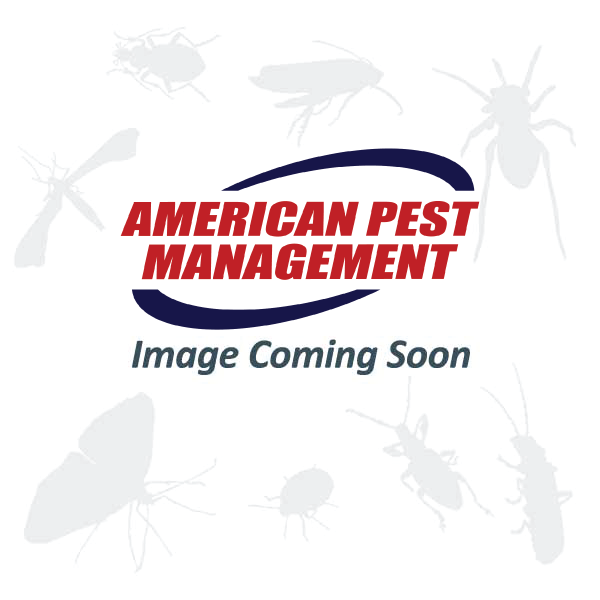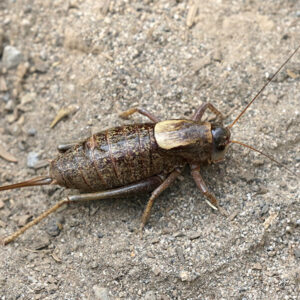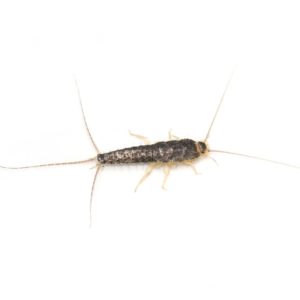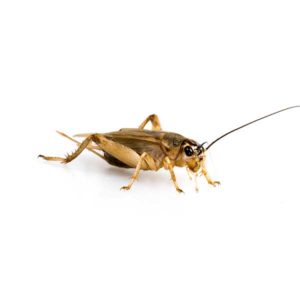Chinch Bugs in Manhattan, Kansas City Metro, and surrounding areas
There are several chinch bug species that prefer different types of grass. Many lawns see chinch bug activity each year. When the bugs occur in large numbers, they can be detrimental to lawn health. They are most active in the warm summer months and thrive in sunny areas. Due to their minuscule size, they are difficult to spot. For this reason, they often aren’t found until damage has been done to your lawn. The main sign of chinch bugs in Manhattan, Kansas City Metro, and surrounding areas is the presence of yellow or brown spots on your lawn.
Chinch Bug Habitat
There are a variety of chinch bug species that infest different types of grasses. Western chinch bugs target Kentucky bluegrass, ryegrass, and zoysia grass. The hairy chinch bug infests Kentucky bluegrass, English ryegrass, red fescues, and bentgrass. Southern chinch bugs target St. Augustine, zoysia, and Bermuda grasses. In any case, they prefer areas where the grass is in full sun. Lawns are their main target, but they can infest leafy debris, heavy thatch, and even piles of cut grass. Some species can inhabit agricultural crops as well, including corn, rice, small grains, and sorghum.
Chinch Bug Behaviors, Threats, or Dangers
Their life cycle can occur in just 6 week’s time and molt through five stages before they become adults. As a lawn pest, chinch bugs can easily threaten the health of an otherwise healthy lawn. When these bugs feed on lawns, they inject a toxin into the plants or blades. This toxin inhibits the plant’s ability to receive nutrients and moisture from the soil as usual. After this, the grass or plants will begin to wilt. Beyond that, there is lasting damage to the plant tissues that are needed for future growth. This activity leaves behind yellow or browning spots all over lawns. If you need help with a chinch bug problem, it’s recommended to contact your local pest control experts.





